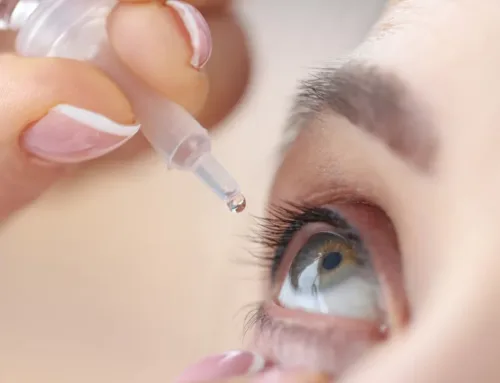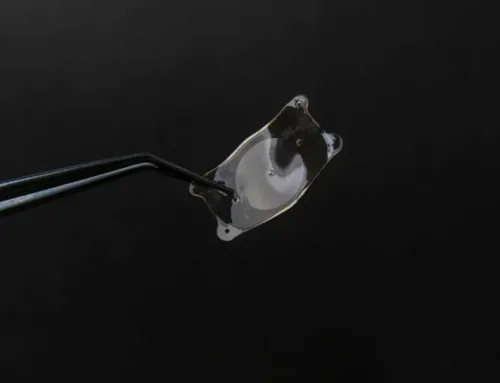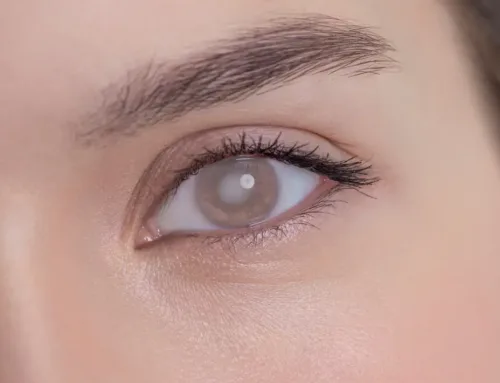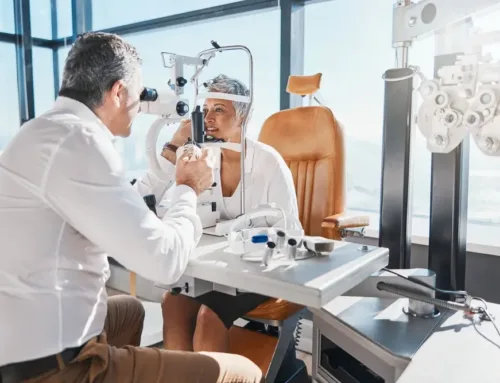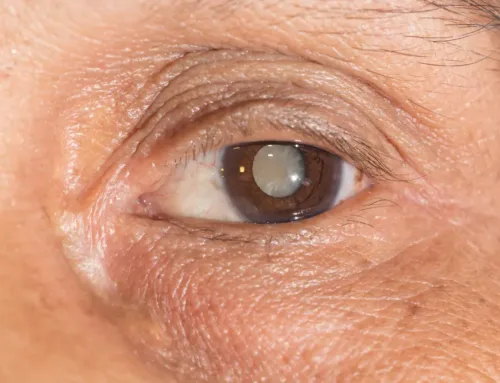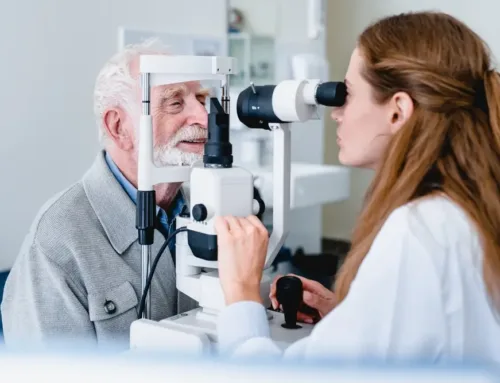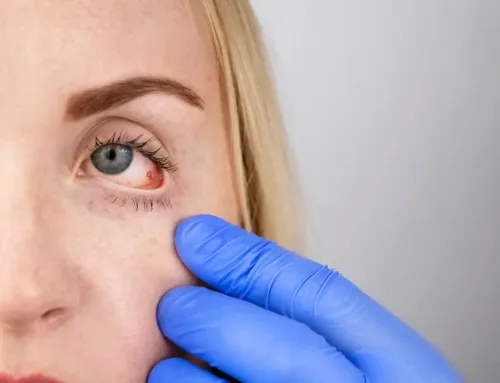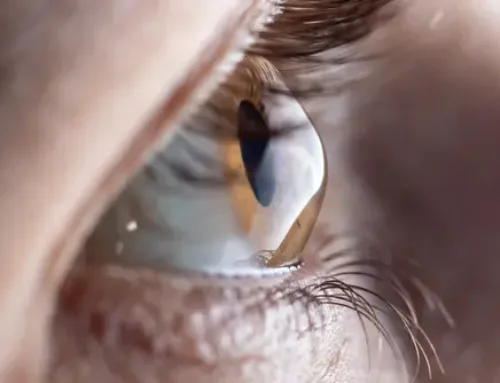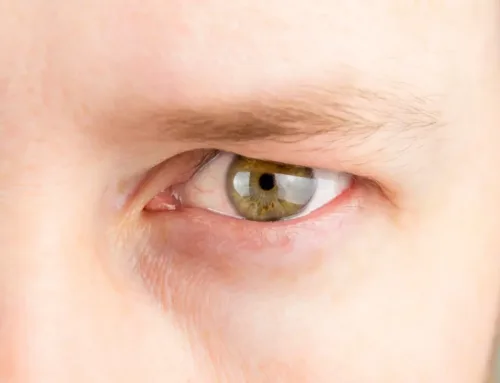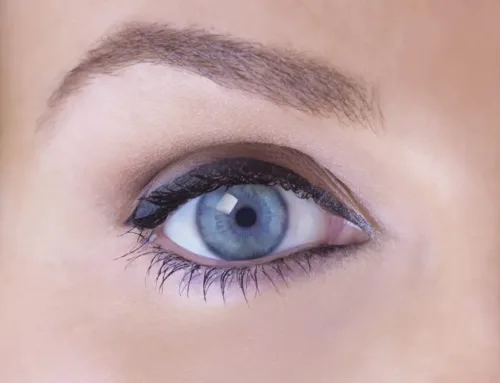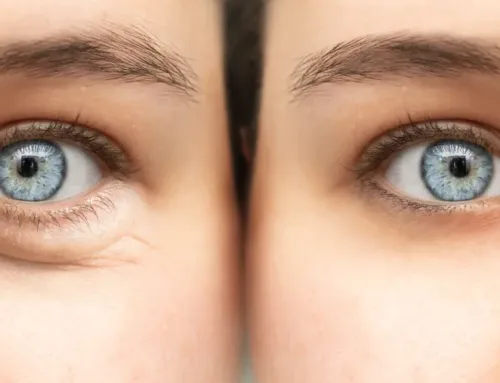The interplay between diabetes and vision is a complex one. Diabetes, a chronic condition that affects the body’s ability to process sugar, has far-reaching consequences that extend beyond blood sugar levels. One area particularly impacted is vision. Prolonged high blood sugar levels can damage the small blood vessels in the eyes, leading to a range of eye conditions that collectively fall under the umbrella of diabetic eye disease. 
Common Diabetic Eye Conditions
When it comes to common diabetic eye conditions, there are a few that stand out. Diabetic retinopathy is the most common one, affecting up to 80% of all patients who have had diabetes for 20 years or more. This condition occurs when high blood sugar levels cause damage to the blood vessels in the retina, the light-sensitive tissue at the back of the eye.
Another common diabetic eye condition is diabetic macular edema (DME). This occurs as a consequence of diabetic retinopathy, where damaged blood vessels leak fluid into the macula, the part of the retina responsible for sharp, straight-ahead vision. This swelling can lead to vision loss.
Other conditions include cataracts, where the natural lens in the eye becomes cloudy, and glaucoma, a group of eye conditions that damage the optic nerve. Individuals with diabetes are more likely to develop these conditions at an earlier age than those without diabetes.
Recognizing The Symptoms Of Diabetic Eye Damage
Recognizing the symptoms of diabetic eye damage is a crucial step in managing and treating this complication of diabetes. Symptoms can range from mild to severe and may not be apparent until the condition has progressed. This is one reason why regular eye exams are essential for diabetics.
Blurred vision is often the first symptom that people with diabetes notice. This can be a result of high blood sugar levels causing the lens in the eye to swell, changing its shape and ability to focus. Other symptoms may include spots or floaters in your vision, pain in the eye, or seeing a dark or empty spot in the center of your vision.
Is Diabetic Eye Damage Reversible?
Early detection and treatment can often prevent or slow the progression of diabetic eye disease. However, once severe damage has occurred, it may not be fully reversible.
For instance, once diabetic retinopathy has progressed to proliferative diabetic retinopathy (the most advanced stage), the risk of vision loss is significant. At this point, treatment focuses on slowing the progression of the disease and preventing further vision loss, rather than reversing existing damage.
This highlights the importance of early detection and proactive management of diabetes and its related eye conditions. The earlier these conditions are identified, the better the chances are of preventing irreversible damage and preserving vision.
The Importance Of Regular Eye Exams For Diabetics
Regular eye exams allow for the early detection of eye conditions, which is crucial for timely intervention and treatment. Since many diabetic eye conditions show few symptoms in their early stages, regular eye exams are often the only way to identify these conditions before they cause significant damage.
Regular eye exams can also provide insight into how well diabetes is being managed. Fluctuations in vision or changes in the blood vessels in the eyes can indicate poorly controlled blood sugar levels, allowing for adjustments in diabetes management to prevent further complications.
The American Diabetes Association recommends that people with diabetes have a comprehensive dilated eye exam at least once a year. However, depending on the individual’s health status and the presence of any eye conditions, more frequent exams may be necessary.
Medical Advancements In Diabetic Eye Care
Despite the serious risks associated with diabetes and vision, there is hope in the form of medical advancements in diabetic eye care. Treatments have come a long way over the years, with new therapies and technologies providing improved outcomes for people with diabetic eye disease.
Laser surgery, for example, has been a mainstay of treatment for diabetic retinopathy and DME, helping to seal leaking blood vessels and reduce swelling in the retina. More recently, injections of anti-VEGF drugs into the eye have been shown to be effective in slowing the progression of these conditions and, in some cases, improving vision.
Safeguarding Your Eyesight
Diabetes and vision are intricately linked, with the potential for serious eye conditions to develop as a consequence of the disease. While some of these conditions can lead to irreversible damage if not addressed early, advances in medical care and the importance of regular eye exams provide hope for those living with diabetes.
To learn more about the impact of diabetes on eye health, visit Treasure Coast Eye Specialists at our office in Port Saint Lucie or Stuart, Florida. Call 772-400-2400 or 772-286-0007 to schedule an appointment today.


